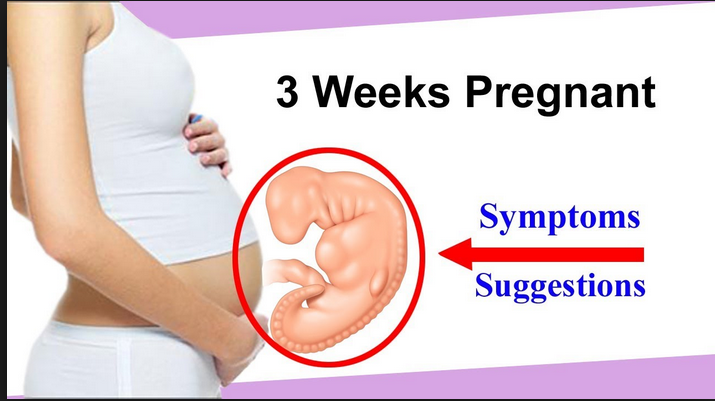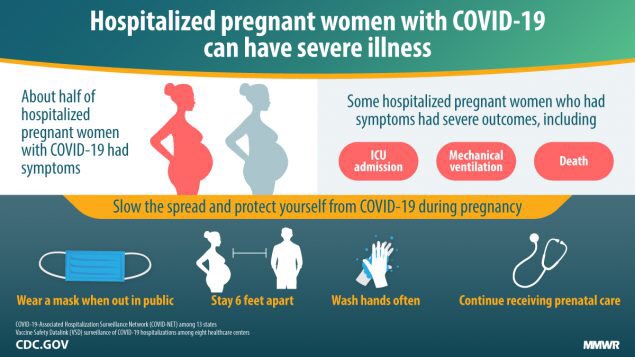Distinguishing Between PMS and Early Pregnancy Symptoms: A Comprehensive Guide
Can you have period symptoms and still be pregnant. How to differentiate between PMS and early pregnancy signs. What are the common symptoms shared by both conditions. Which symptoms are more likely to indicate pregnancy
Common Symptoms of PMS and Early Pregnancy
Premenstrual syndrome (PMS) and early pregnancy share several symptoms, making it challenging for women to differentiate between the two. Understanding these common symptoms is crucial for accurate self-assessment. Let’s explore the overlapping signs:
Mood Changes
Both PMS and early pregnancy can cause significant mood fluctuations. Women may experience:
- Irritability
- Anxiety
- Sadness
- Frequent crying spells
How long do these mood changes typically last? In PMS, mood symptoms usually subside once menstruation begins. However, if mood changes persist and are accompanied by a missed period, it could indicate pregnancy. Persistent sadness lasting more than two weeks may suggest depression, which affects approximately 10% of pregnant women worldwide.

Constipation
Hormonal fluctuations can slow down bowel movements, leading to constipation in both PMS and pregnancy. Up to 38% of pregnant women experience constipation, primarily during the first two trimesters. For women with PMS, constipation typically resolves once menstruation begins.
Breast Changes
Breast-related symptoms are common in both conditions and may include:
- Pain and tenderness
- Swelling
- Heaviness
- Increased sensitivity
- Bumpy breast tissue
When do breast changes occur in pregnancy versus PMS? In PMS, breast symptoms are most pronounced just before menstruation and improve during or shortly after the period. In early pregnancy, breast changes typically begin 1-2 weeks after conception and may persist throughout pregnancy.
Fatigue
Feeling tired is a hallmark of both PMS and early pregnancy. Progesterone, a hormone that increases in both conditions, contributes to fatigue. How does fatigue differ between PMS and pregnancy? PMS-related fatigue usually improves once menstruation begins, while pregnancy-related fatigue often persists throughout the first trimester and sometimes the entire pregnancy.

Distinguishing Features of Early Pregnancy
While many symptoms overlap, certain signs are more indicative of pregnancy than PMS. Understanding these distinctions can help women identify potential pregnancy earlier.
Implantation Bleeding
Light spotting or bleeding can occur in early pregnancy, known as implantation bleeding. This typically happens 10-14 days after fertilization. How does implantation bleeding differ from menstrual bleeding? Implantation bleeding is much lighter than a typical period and lasts for a shorter duration.
Persistent Cramping
While both PMS and early pregnancy can cause cramping, pregnancy-related cramps may persist for weeks or months. These cramps are often felt lower in the abdomen as the embryo implants and the uterus stretches to accommodate the growing fetus.
Food Aversions and Cravings
Both PMS and pregnancy can cause changes in appetite and food preferences. However, pregnancy-related food cravings and aversions are often more intense and specific. Research indicates that 50-90% of pregnant women in the United States experience food cravings. Some may even develop aversions to certain foods, finding their smell or sight unpleasant.

Unique Pregnancy Symptoms
Some symptoms are more likely to indicate pregnancy than an impending period. These include:
- Missed period
- Nausea and vomiting (morning sickness)
- Frequent urination
- Heightened sense of smell
- Darkening of the areolas
Is it possible to experience these symptoms and not be pregnant? While these symptoms strongly suggest pregnancy, they can occasionally be caused by other factors. The only way to confirm pregnancy is through a home pregnancy test or a visit to a healthcare provider.
When to Take a Pregnancy Test
Knowing when to take a pregnancy test can help women get accurate results and early prenatal care if needed. Here are some guidelines:
- Wait until after a missed period for the most accurate results
- Consider testing if pregnancy symptoms persist for more than a week
- Use first-morning urine for the highest concentration of pregnancy hormones
- Follow the instructions on the test carefully
How soon after conception can a pregnancy test detect pregnancy? Most home pregnancy tests can detect pregnancy as early as one day after a missed period, which is typically about two weeks after conception.

Managing PMS Symptoms
For women experiencing PMS symptoms, there are several strategies to alleviate discomfort:
- Regular exercise to boost mood and reduce bloating
- Balanced diet rich in fruits, vegetables, and whole grains
- Stress-reduction techniques like meditation or yoga
- Adequate sleep and rest
- Over-the-counter pain relievers for cramps and headaches
Can lifestyle changes significantly improve PMS symptoms? Many women find that adopting a healthier lifestyle can greatly reduce the severity of PMS symptoms. However, for severe cases, medical intervention may be necessary.
Early Pregnancy Care
If pregnancy is confirmed, early prenatal care is crucial for the health of both mother and baby. Here are some initial steps to take:
- Schedule an appointment with an obstetrician or midwife
- Start taking prenatal vitamins, especially folic acid
- Avoid alcohol, smoking, and certain medications
- Maintain a balanced diet and stay hydrated
- Get adequate rest and moderate exercise
How early should prenatal care begin? Ideally, prenatal care should start as soon as pregnancy is confirmed, typically around 8 weeks of gestation. Early care can help identify and address any potential health concerns for both mother and baby.

When to Seek Medical Advice
While many PMS and early pregnancy symptoms are normal, certain situations warrant medical attention:
- Severe abdominal pain or cramping
- Heavy bleeding or clotting
- Persistent nausea and vomiting
- High fever
- Dizziness or fainting
- Persistent headaches
Should women wait for severe symptoms before consulting a healthcare provider? It’s always better to err on the side of caution. If there’s any doubt or concern about symptoms, consulting a healthcare provider can provide peace of mind and ensure proper care.
Understanding the similarities and differences between PMS and early pregnancy symptoms can help women better interpret their body’s signals. While many symptoms overlap, certain signs are more indicative of pregnancy. However, the only definitive way to confirm pregnancy is through testing. Whether dealing with PMS or early pregnancy, prioritizing self-care and seeking appropriate medical advice when needed is crucial for overall health and well-being.

